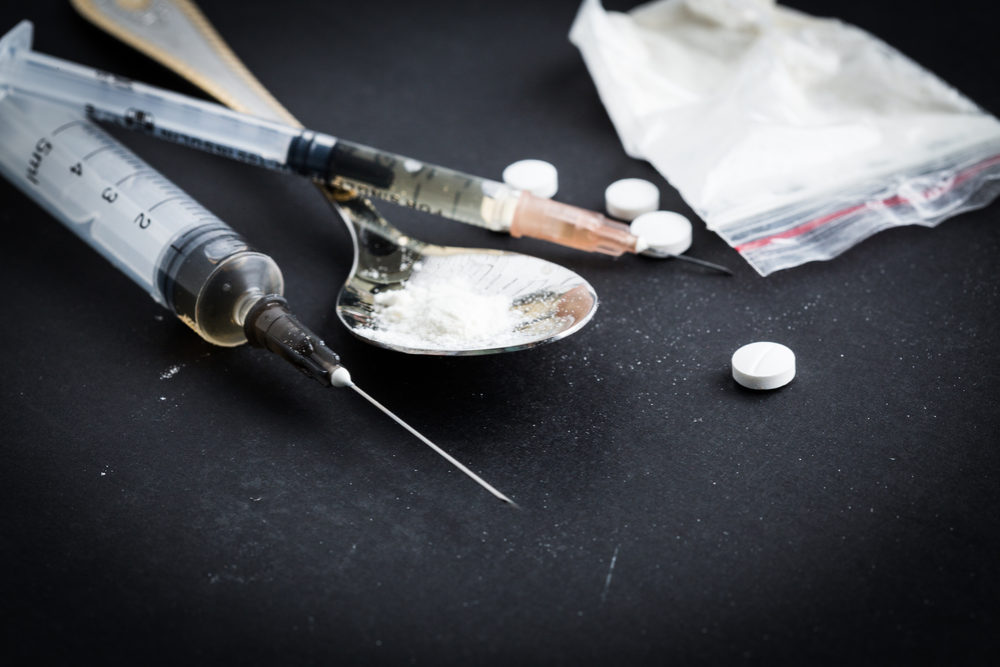New CDC Campaign Seeks To Prevent Drug Overdose Deaths
Fentanyl, often laced into other drugs without the user's knowledge, is considered the deadliest drug in the U.S., according to educational effort.

Federal health officials have launched a new education campaign, which seeks to address the increasing rates of drug overdose deaths throughout the United States.
The U.S. Centers for Disease Control and Prevention (CDC) announced a new campaign to prevent drug overdose deaths last week, which comes as the drug overdose epidemic has worsened in recent years, and the effects of the COVID-19 pandemic resulted in skyrocketing overdose deaths, largely driven by illicit fentanyl.
The drive includes four complementary education campaigns focused on reaching young adults, ages 18 to 34 years old, affected by the opioid crisis and overdose epidemic.
The CDC campaigns focus on the prevalence and dangers of fentanyl, risks and consequences of mixing drugs, the life-saving power of naloxone, and the importance of reducing stigma around drug use to support treatment and recovery.
The Most Dangerous Drug
The CDC calls fentanyl the most dangerous drug in the US. Many illegal drugs are mixed or laced with illicit fentanyl, even without the user’s knowledge. Fentanyl is an extremely potent opioid. It is 50 to 100 times more powerful than morphine and the majority of drug overdoses involve fentanyl and other synthetic opioids.
Fentanyl is increasingly found in counterfeit prescription medications, heroin, cocaine, methamphetamine, and other illicit drugs. It is extremely difficult to tell if drugs have been laced with fentanyl without the use of specific test strips. It cannot be seen, smelled, or tasted.
More so, many people use multiple substances to get high. Mixing drugs can be more harmful than using substances separately.
For example, mixing stimulants like ecstasy and cocaine increases the risk of stroke and heart attack. Mixing opioids with other depressants, like benzodiazepines or alcohol, can slow breathing which can lead to severe brain damage, cardiac arrest or death.
There is no safe way to mix drugs. The CDC warns that even if an individual has mixed drugs before, the body can react differently every time.

Do You Know About...
Childhood Diabetes Lawsuits Against Junk Food Industry
Lawyers are now pursing financial compensation for families of children diagnosed with Type II diabetes, fatty liver disease and other chronic illnesses caused by addictive and harmful substances in ultra-processed foods.
Learn MoreThe CDC campaign is also promoting the use of Naloxone, an opioid reversal medication. Administered as a nasal spray it can restore normal breathing for those who have suffered an overdose from opioids, including fentanyl, or whose breathing has slowed or stopped due to opioids.
Naloxone is available in all 50 states and is available at many local pharmacies without a prescription. Anyone can carry it and administer it during a potential overdose to save a life.
However, even with the availability of Naloxone, there is a strong need for more treatment options, according to the CDC.
One in 14 Americans report experiencing a substance use disorder, however drug abuse still carries a stigma and can be a barrier to getting treatment. Showing support for those in treatment and recovery can help reduce the stigma and lead more people to seek help.
More than 900,000 people have died from drug overdoses in the US over the past 20 years and drug overdose deaths increased more than 1,000% in recent years, largely driven by fentanyl.
“Addiction is a treatable disease,” Christopher M. Jones, acting director of CDC’s National Center for Injury Prevention and Control, said in the press release. “And while recovery is not always a straight path forward, it is possible. Talking with a healthcare provider to develop a treatment plan that works best for that individual and connecting to other services and supports can aid recovery.”



0 Comments